The entire process of painting a surface or object is contained in a paint system. The term “paint system” can be used to describe both the technique for applying paint and the specific instruments and supplies. In one sense, a paint system includes the process of priming, top coating, pretreatment, surface preparation, and painting of an object. Read More…
Manufacturer of portable paint booths featuring multi-stage filtration systems to remove paint overspray along with carbon filters to remove odors and VOCs. American-made quality and productivity. Contact us or visit our website to learn more about how we can help you today!
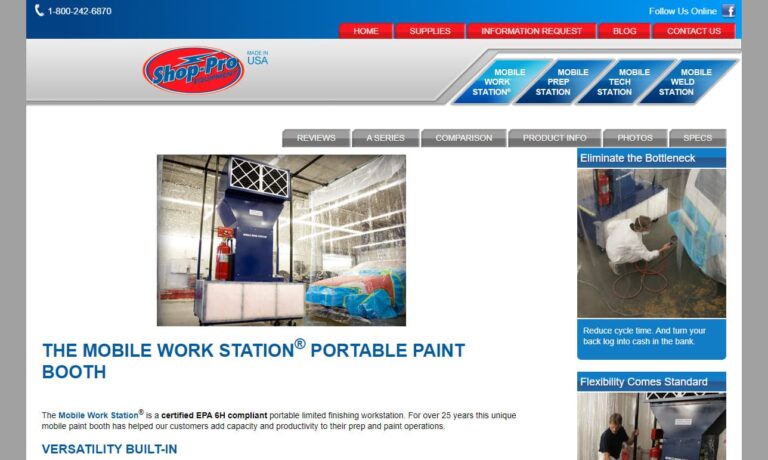
Developing quality systems of the highest life cycle value for over 50 years, KOCH is the choice for over 1,200 manufacturers in nearly 40 countries. We are a world leader in the design, construction, and installation of paint finishing equipment and we offer each customer the most up-to-date, efficient and reliable options for their quality, cost and space requirements. Let us serve you today!

Quality Finishing Systems has been designing and manufacturing state-of-the-art industrial parts washers for over 20 years. Throughout the years, we have strived to perfect our products to continually meet the needs of our customers. Our expert team work alongside customers to ensure their industrial parts washers' needs are met.
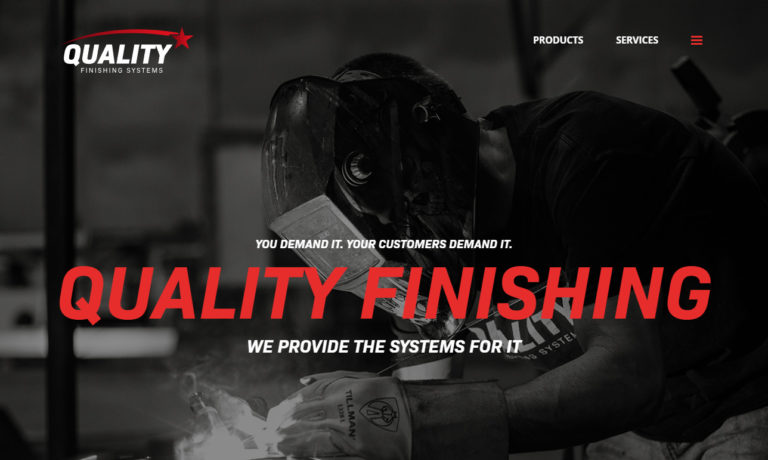
Garmat® USA, Inc. paint mixing rooms are designed to provide a well-illuminated, clean ventilated work area for mixing applications. These units utilize a positive pressure environment to help eliminate contaminated shop air from interfering with the mixing process. The Garmat USA paint mixing room is a key element when considering your paint shop requirements.

Obtaining top-notch paint finishing equipment, finishing systems, paint sprayers, spray booths, filters and other related items is one of the things Southern Fluid Systems does. Fluid- and air-handling equipment are our specialty. In business since 1971, we also have knowledge of government regulations.

More Paint System Manufacturers
Components of a Paint System
Paint systems comprise the entire set of tools used for painting. Depending on the technique utilized, there are several different processes for painting equipment used. Spray painting is the most used industrial technique. The spray gun nozzle, a pressurized paint container, an air compressor, and hoses or tubes to link these parts comprise a basic spray painting system. Even though the components of a paint system vary in size, capacity, and power, they are typically quite uniform across the numerous sectors that use these systems. The nozzle attachment, known as a spray cannon, directs paint or coating from the system onto the product's surface. Different spray patterns, including full cones, hollow cones, and flat streams, are possible with interchangeable tips.
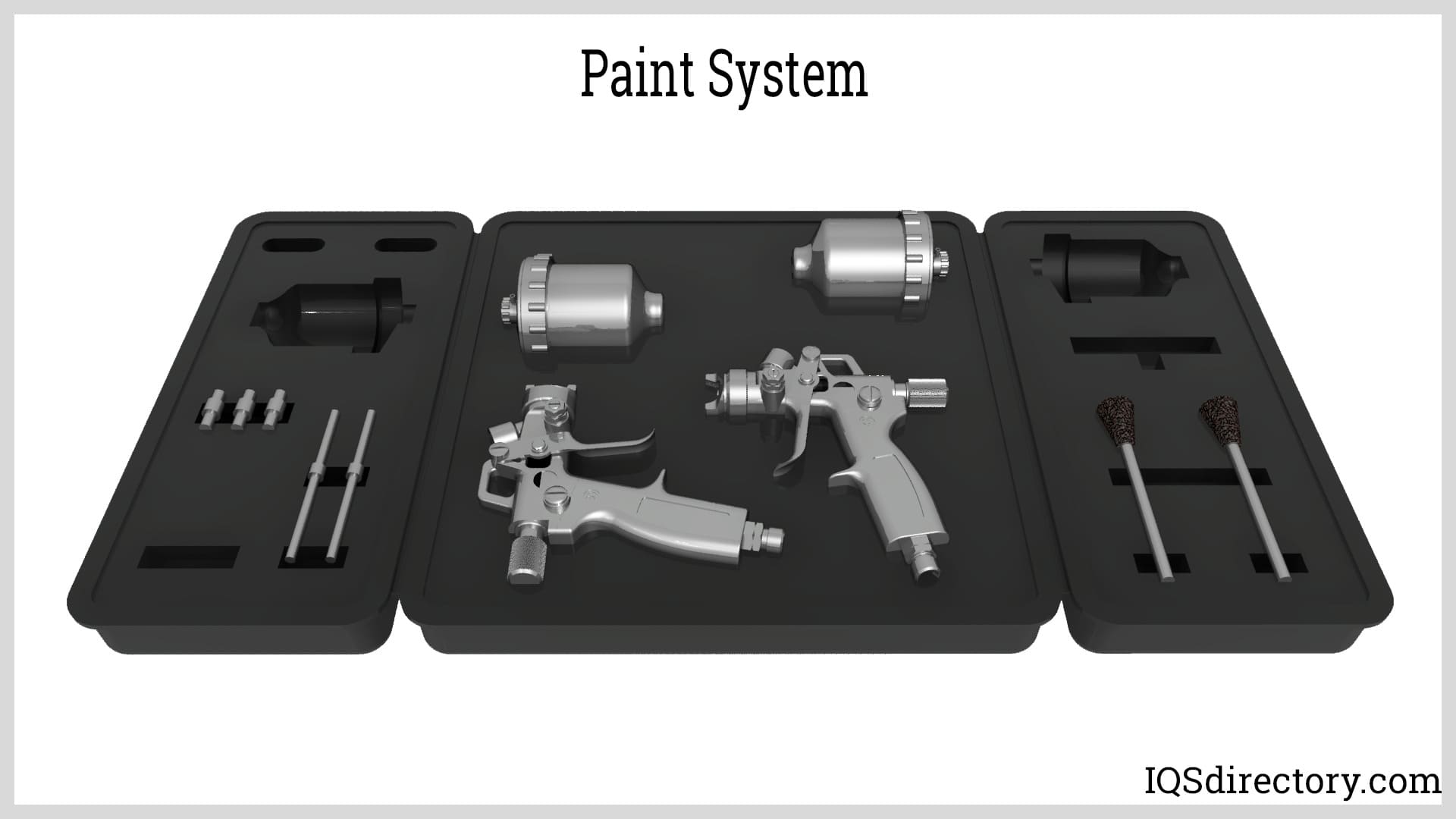
The paint may be charged in electrostatic painting as it sprays out by an electrode inside the nozzle tip. A paint reservoir pressurized by an air compressor is attached to the spray gun. The spray gun's body will occasionally contain the paint, but the paint or coating is typically left in concrete buckets for bigger applications. The pressure required to force the paint through the tubes rapidly is provided by an air compressor. Air compressors are unnecessary for the techniques used by airless paint sprayers to complete this operation. The spray cannon is connected to the paint, compressor, and power source by pneumatic hoses and tubes. Paint systems function rapidly; low-pressure paint flows from the tank or container to the nozzle. As the compressor forces the paint through the lines, air atomizes it, breaking it into tiny particles driven through the nozzle and to the product's surface. A spray booth can be created for painting when there is a need for a separate working space.
Spray Booths
A spray booth, sometimes called a paint spray booth or paint booth, is a specially constructed enclosure made to house spray paint application activities and isolate and remove overspray and vapor. Spray paint booths
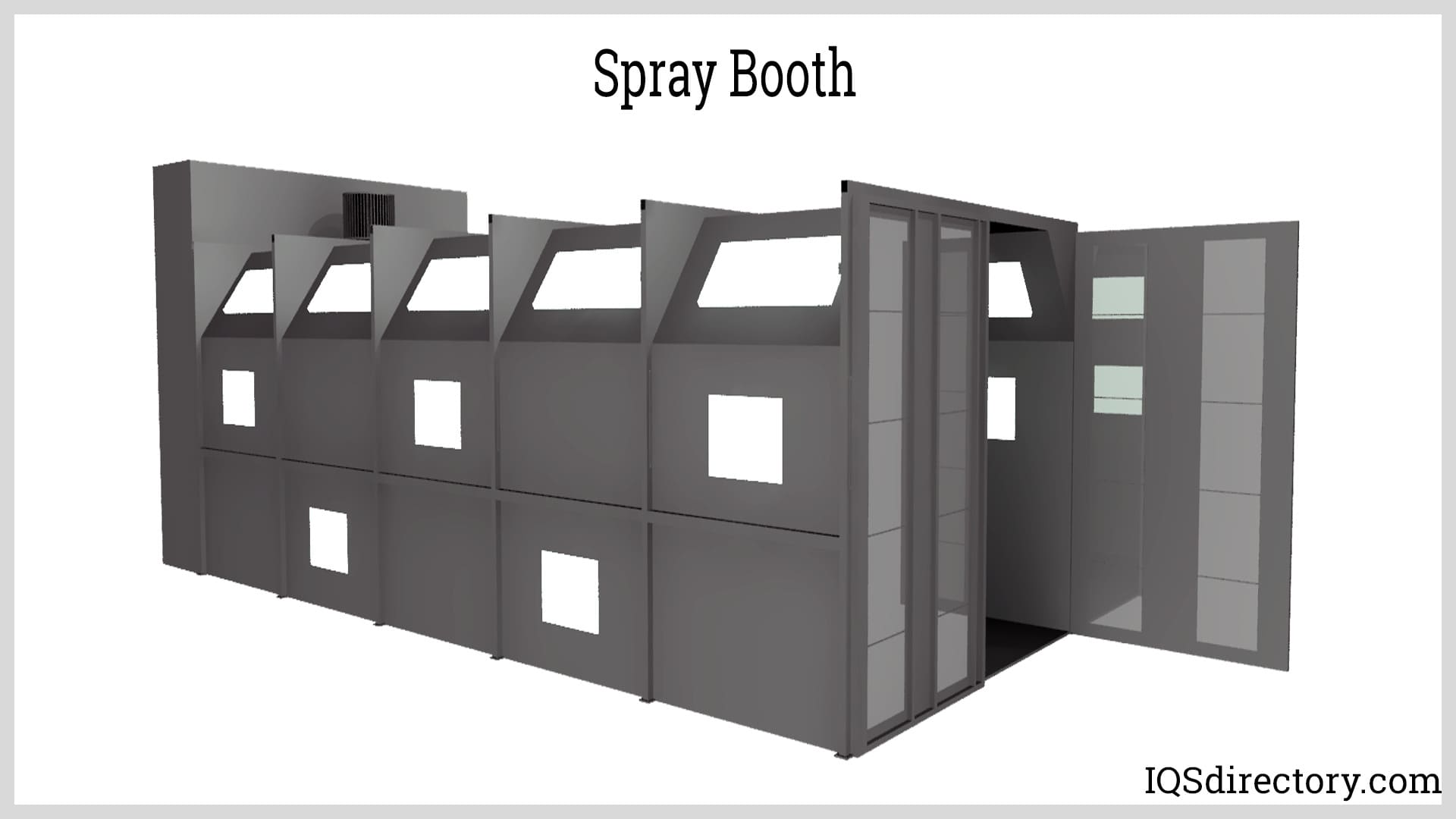
contain various parts. We examine the major components of a spray paint booth below.
Walls
Walls in paint booths can be single or double-skinned. There are quality benefits associated with each type.
- Single-skin panels are strong and durable and offer cost savings without compromising quality. In addition, the inside walls of a single-skin spray booth may be easily cleaned because the external flanges offer a smooth inner surface.
- Dual-skin panels offer a seamless fit and finish for a more durable paint booth. In addition, they are insulated to lessen noise and ambient heat outside the spray booth and to keep the hot air inside the cabin. In dual-skin booths, white pre-coated walls are typical; in single-skin booths, it might be an option. White walls improve the reflectance of the lighting, making it simpler to see what is being painted.
Doors
The kind of door required will depend on whether the spray booth is subject to positive or negative pressure from the surrounding environment. Positive pressure prevents dirt and debris from entering the working area and contaminating the painted surface. On the other hand, negative pressure prevents emissions and volatile organic compounds (VOCs) from entering the space next to the working chamber.
Intake Plenum
A pressurized spray booth's intake plenum, normally situated in front of or on top of it, is the system through which air is fed into the booth. High-efficiency paint booth filters are installed in the intake plenum to remove dust and debris before it reaches the spray booth. In a horizontal system, the intake plenum allows air to enter the spray booth horizontally from an overhead plenum at the top of the chamber or parallel to the floor. The intake plenum of the spray booth allows air to enter vertically in a vertical system.
Exhaust Components
The exhaust plenum of a paint booth is a device for expelling air from the booth. Before being released into the atmosphere, particles are collected by a filter mechanism in the exhaust chamber. Next, air from the working chamber of the paint booth is drawn in and forced through the exhaust filters and exhaust chamber by an exhaust fan. After that, the air is expelled outdoors through exhaust ducting.
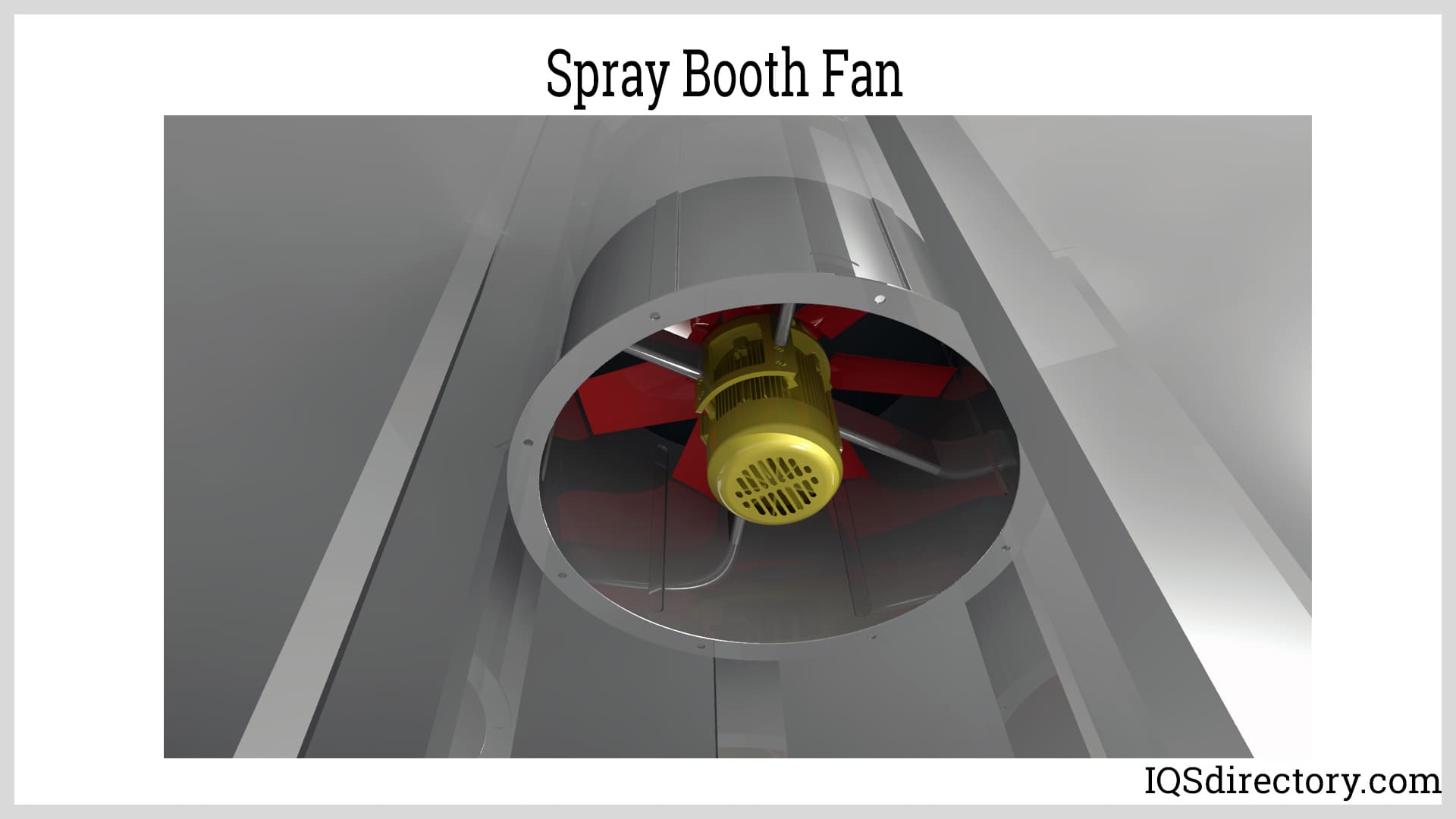
Filters for Paint Booths
Filters used in paint booths frequently have numerous layers with increasing efficiency between each layer. Air splattered with paint is confined to the medium's interior and surface. The multiple-layer trapping procedure lengthens the filter's life and reduces operating expenses. Paint booth exhaust filters can be used with various paints and spray applications, including high solids and clear coatings.
Air Makeup Unit
The air that is evacuated from a spray booth needs to be replaced. If replacement air is not obtained directly from the structure, it can be pulled from the outside and filtered by an air makeup system.
Choosing the Correct Paint System Manufacturer
To ensure you have the most productive outcome when purchasing a paint system from a paint system manufacturer, it is important to compare several companies using our directory of paint system manufacturers. Each paint system manufacturer has a business profile page highlighting their areas of experience and capabilities, along with a contact form to directly communicate with the manufacturer for more information or request a quote. Review each paint system business website using our patented website previewer to quickly learn what each company specializes in. Then, use our simple RFQ form to contact multiple paint system companies with the same form.

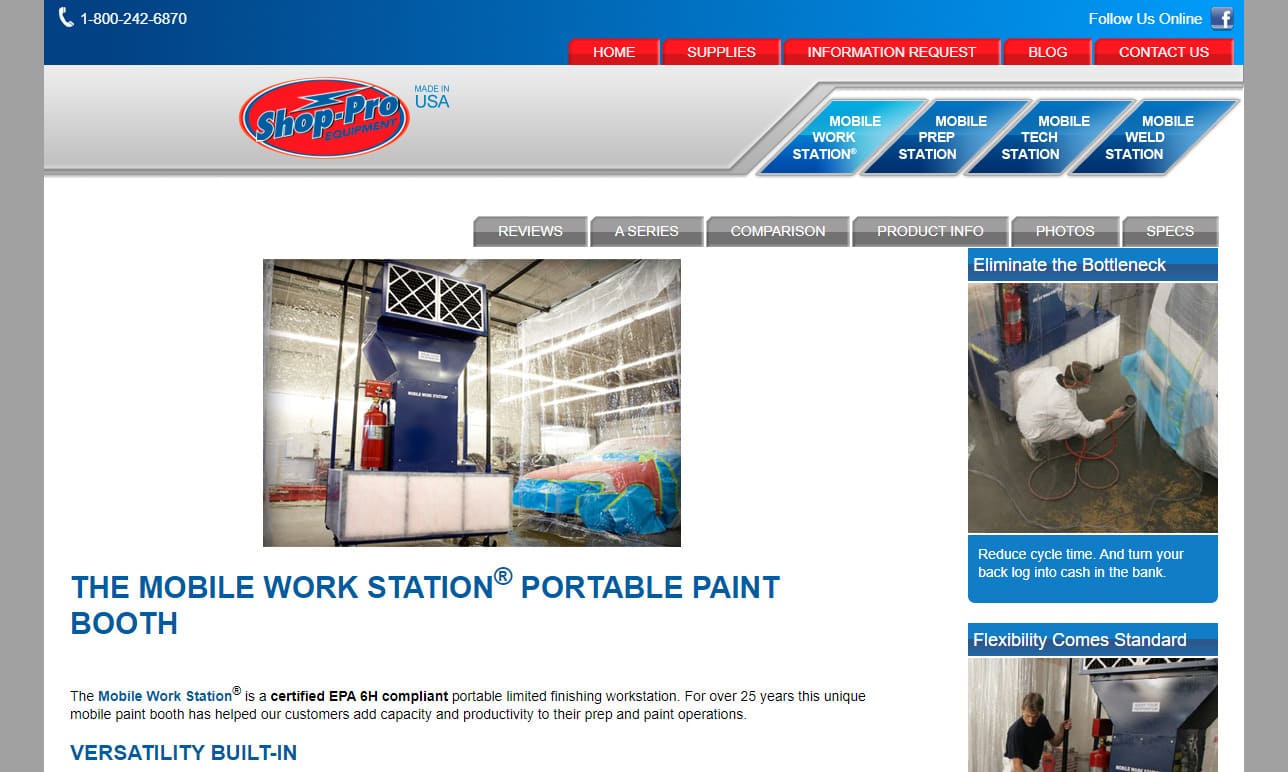

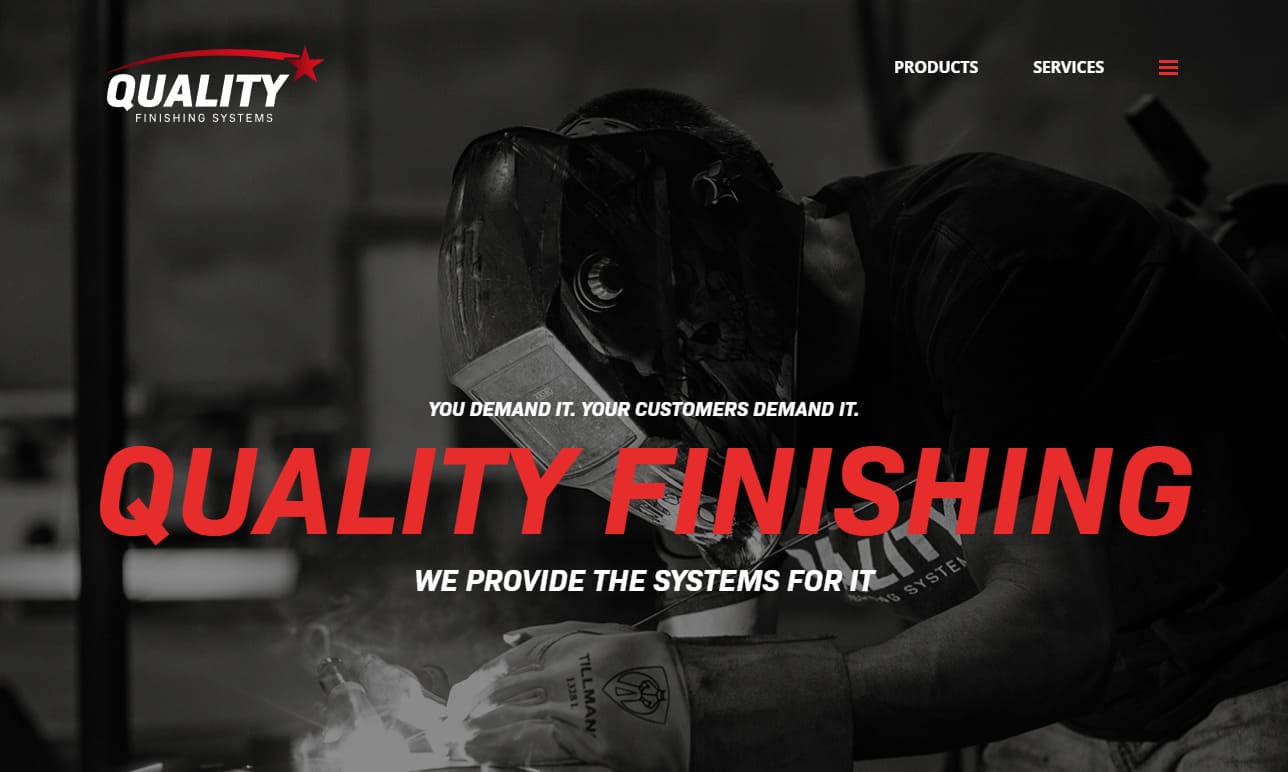


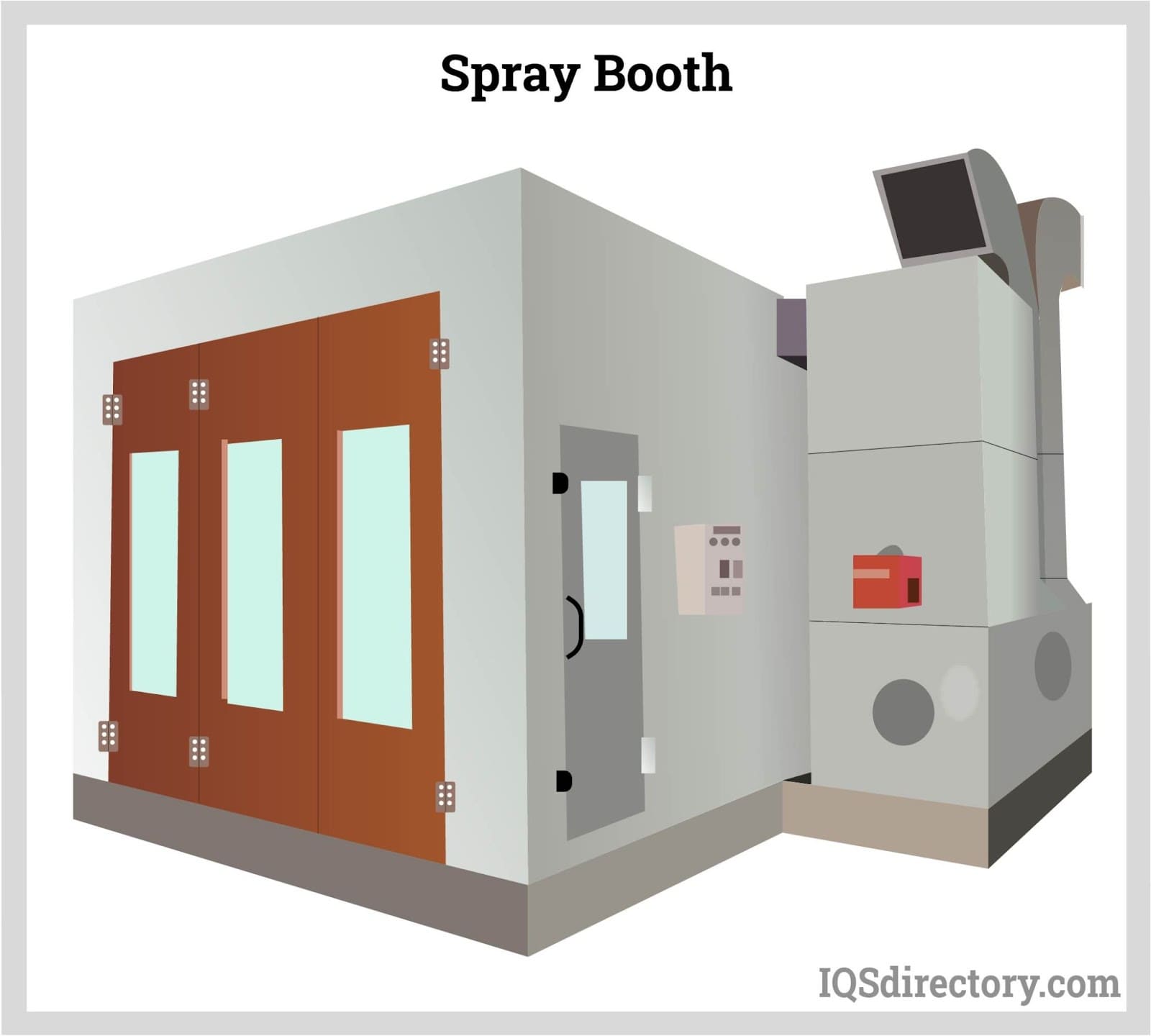
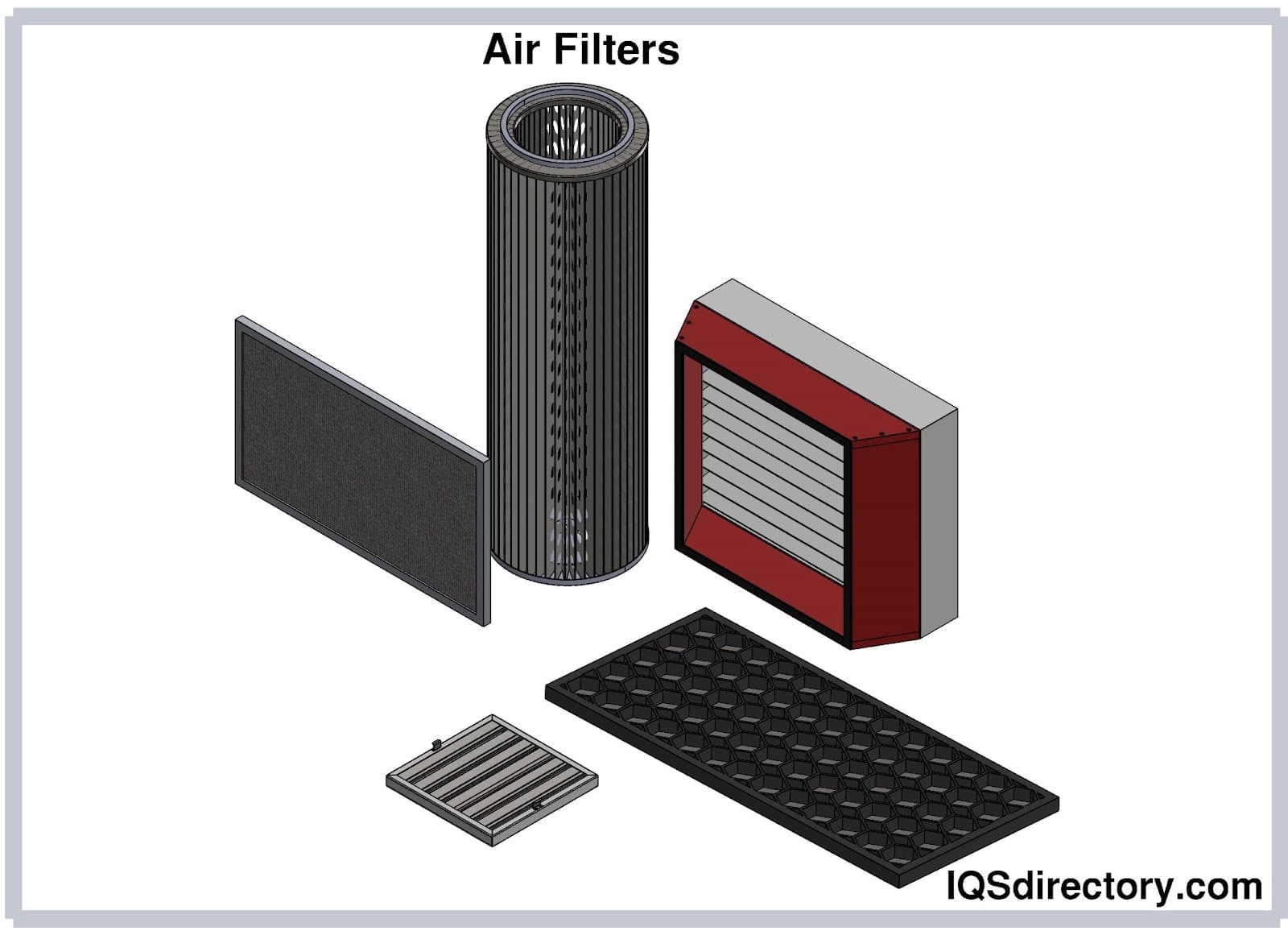
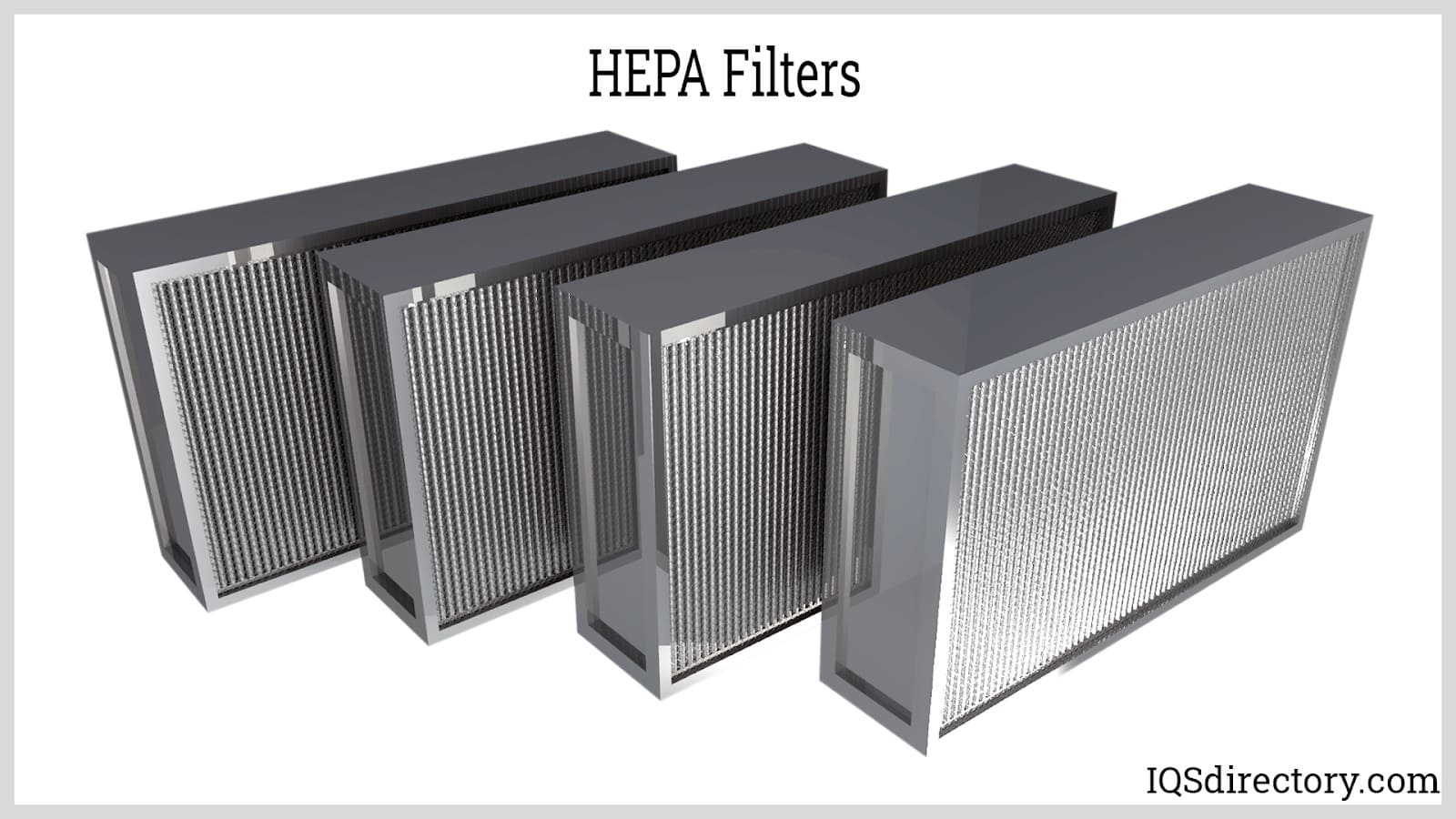
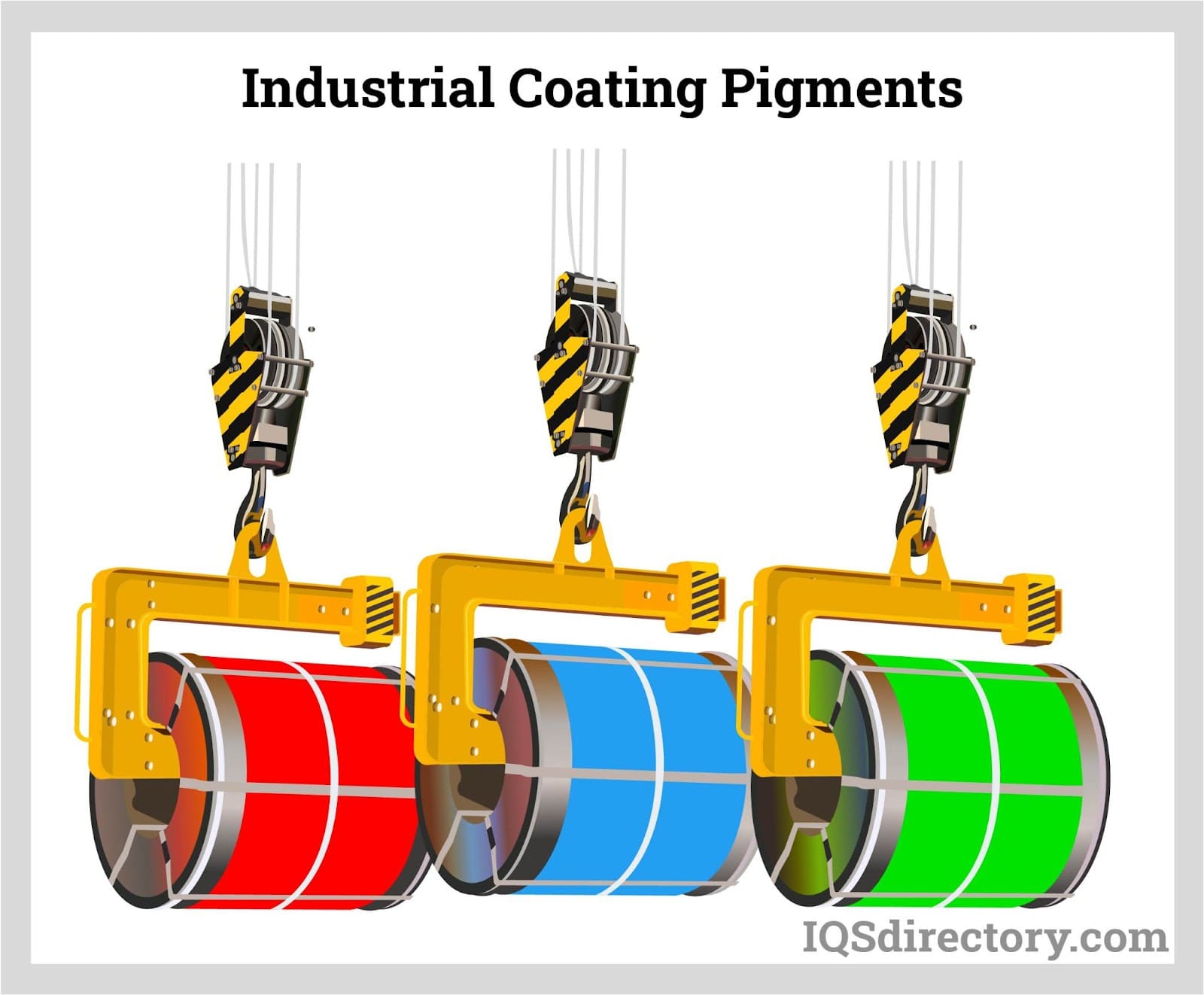
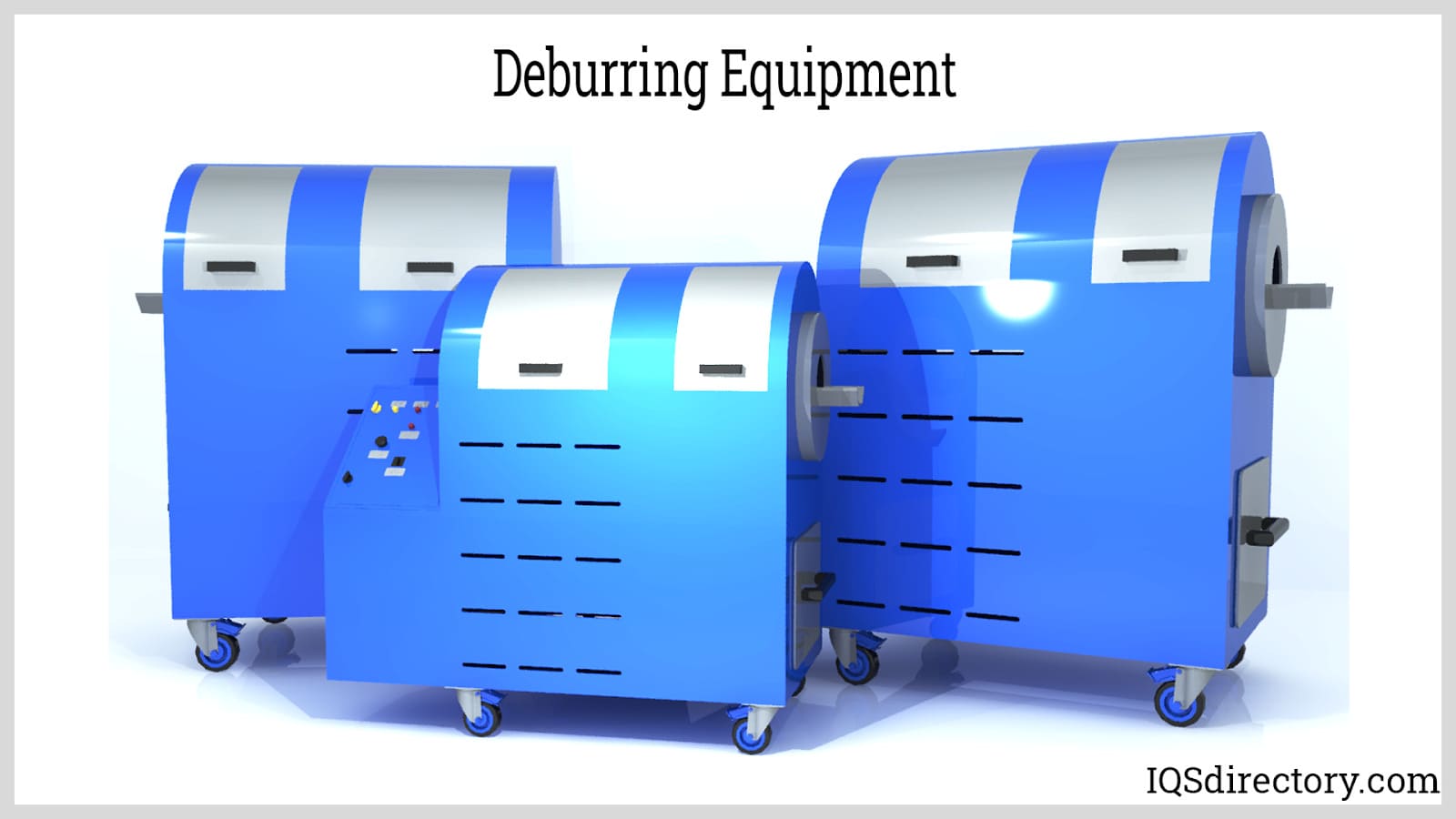
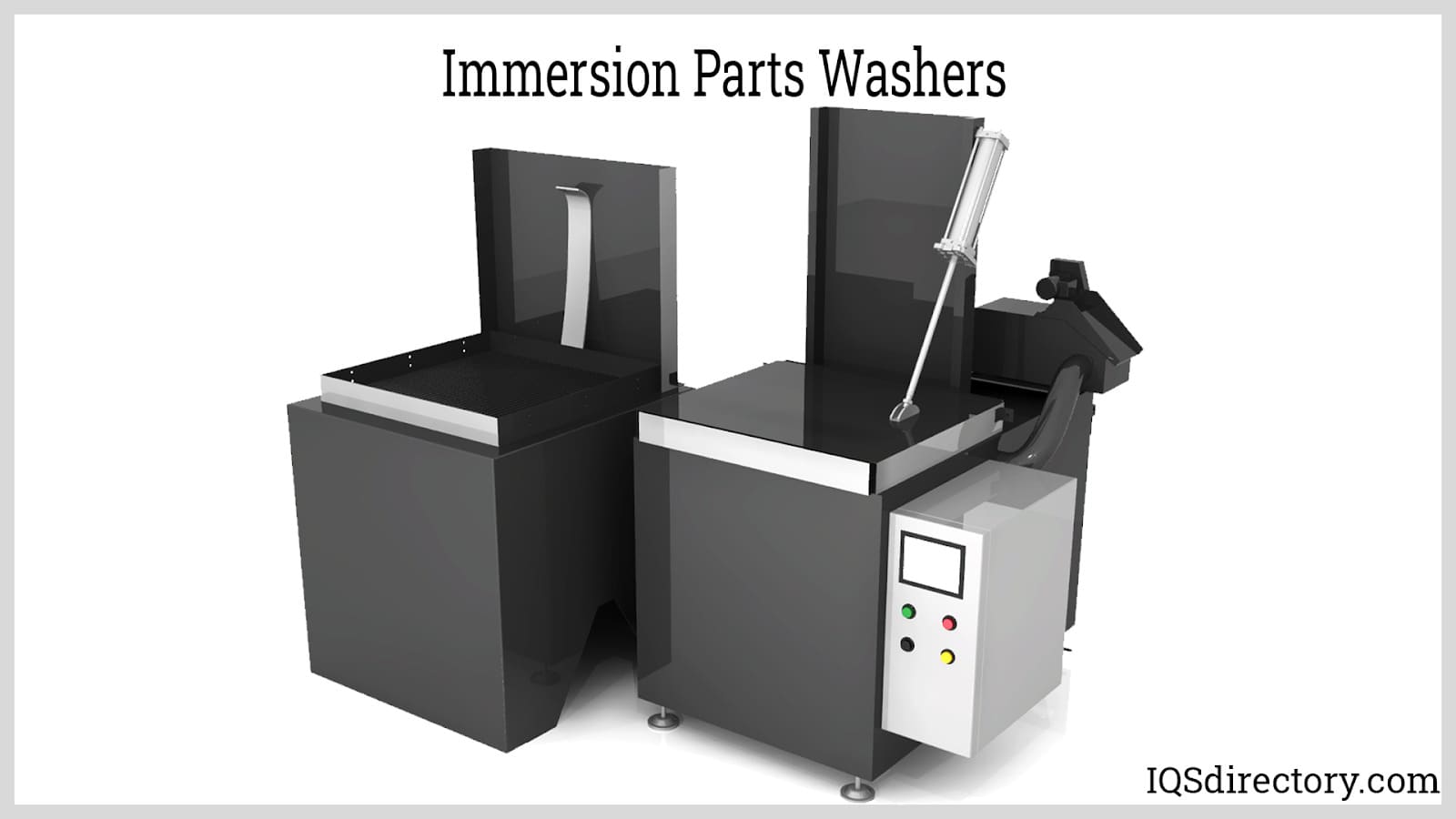
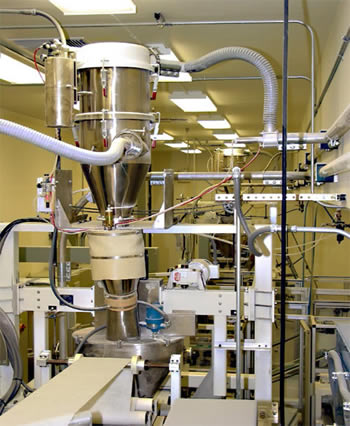 Automation Equipment
Automation Equipment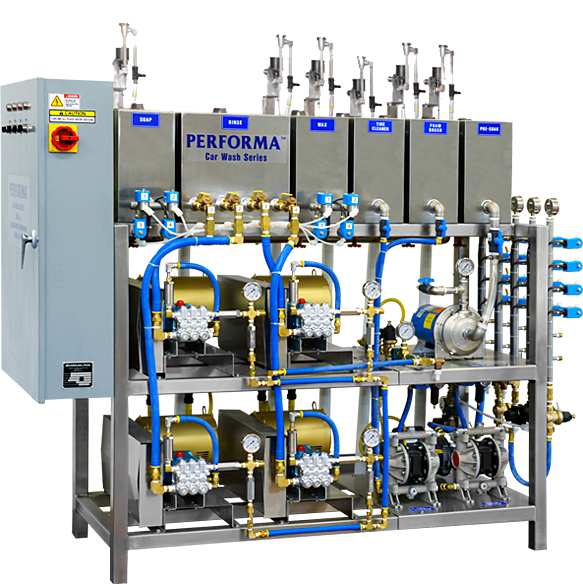 Car Wash Equipment
Car Wash Equipment Centrifuges
Centrifuges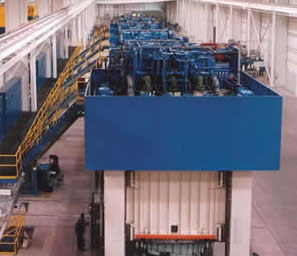 Hydraulic Presses
Hydraulic Presses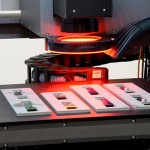 Lasers
Lasers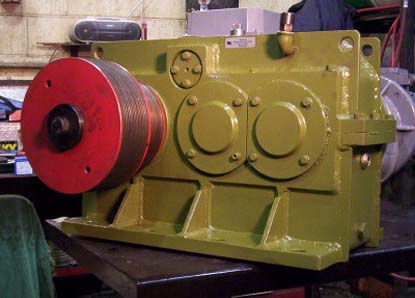 Machinery Rebuilders
Machinery Rebuilders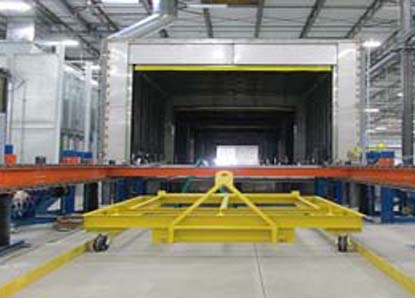 Paint Finishing Equipment
Paint Finishing Equipment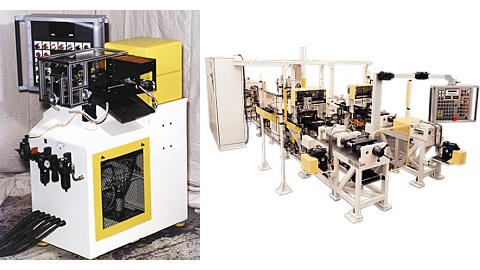 Tube Forming Machines
Tube Forming Machines Castings & Forgings
Castings & Forgings Bulk Material Handling
Bulk Material Handling Electrical & Electronic Components
Electrical & Electronic Components Flow Instrumentation
Flow Instrumentation Hardware
Hardware Material Handling Equipment
Material Handling Equipment Metal Cutting Services
Metal Cutting Services Metal Forming Services
Metal Forming Services Metal Suppliers
Metal Suppliers Motion Control Products
Motion Control Products Plant & Facility Equipment
Plant & Facility Equipment Plant & Facility Supplies
Plant & Facility Supplies Plastic Molding Processes
Plastic Molding Processes Pumps & Valves
Pumps & Valves Recycling Equipment
Recycling Equipment Rubber Products & Services
Rubber Products & Services